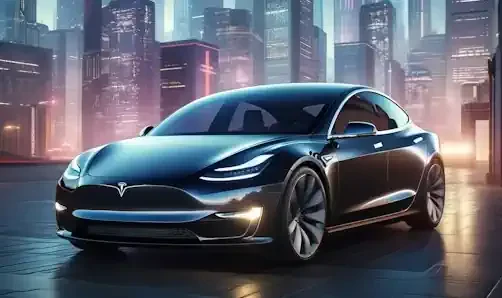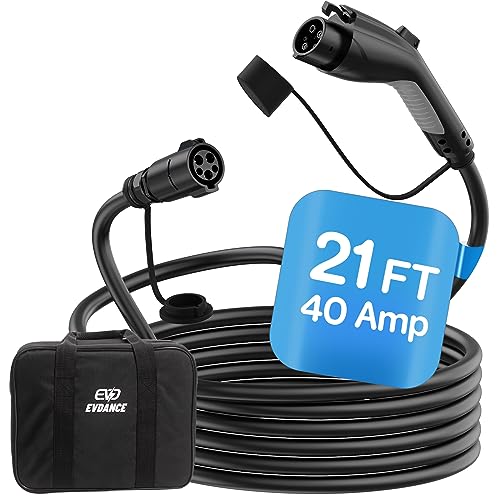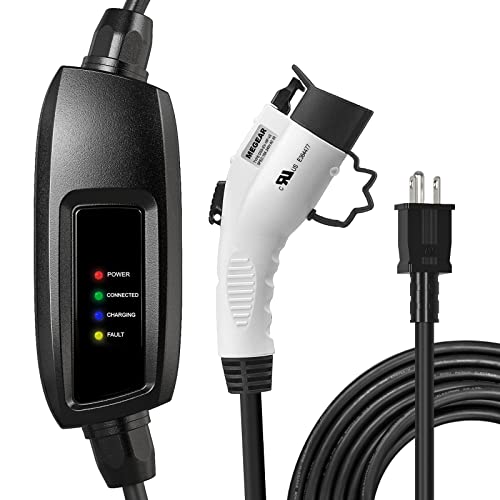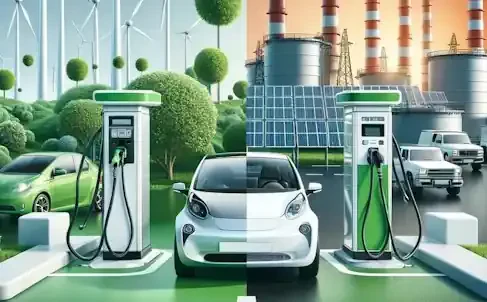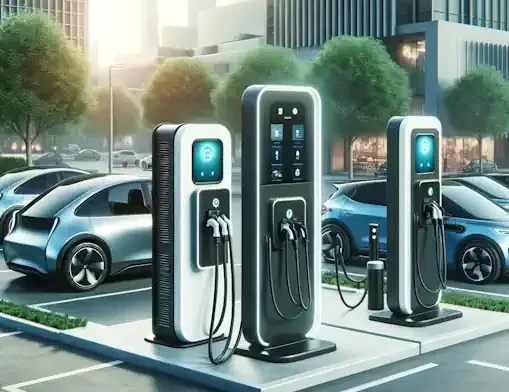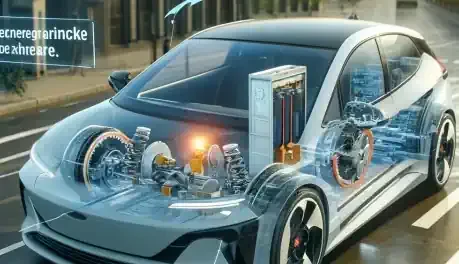The transition towards electric vehicles (EVs) is an essential step in reducing global greenhouse gas emissions and combating climate change. However, the shift from traditional internal combustion engines to electric powertrains presents numerous challenges, not least of which is the establishment of a comprehensive and accessible charging infrastructure. Recognizing the importance of this infrastructure in encouraging EV adoption, governments around the world are implementing various incentives to accelerate the installation of electric vehicle chargers. This article delves into the types of incentives being offered, their impact on EV adoption rates, and the future outlook of electric mobility.
The Role of Government Incentives
Government incentives for EV charger installation are multifaceted, ranging from financial subsidies and tax credits to regulatory support and public-private partnerships. These incentives are designed to lower the financial barrier for both public and private entities interested in installing EV charging stations, thus accelerating the development of a widespread charging infrastructure.
Financial Subsidies and Tax Credits
One of the most direct forms of government support comes in the form of financial subsidies and tax credits. These incentives can significantly reduce the cost of purchasing and installing EV charging stations. For instance, in the United States, the federal government offers a tax credit for EV charging infrastructure, covering up to 30% of the installation costs. Similar schemes are in place in various European countries, where governments provide direct grants or rebates to offset the installation costs.
Regulatory Support and Zoning Adjustments
Beyond financial incentives, governments are also implementing regulatory measures to encourage the installation of EV chargers. These include mandating the inclusion of EV charging facilities in new residential and commercial developments, as well as offering expedited permitting processes for charging station installation. By adjusting zoning laws and building codes, authorities are making it easier and more attractive for property owners to invest in EV infrastructure.
Public-Private Partnerships
Public-private partnerships (PPPs) represent another crucial avenue through which governments are promoting the installation of EV chargers. By collaborating with private companies, governments can leverage private investment to expand charging networks more rapidly. These partnerships often involve shared financing models, where the cost of charger installation and operation is split between public and private stakeholders.
Impact on EV Adoption Rates
The availability of charging infrastructure is a critical determinant of consumer willingness to purchase electric vehicles. Government incentives that facilitate the installation of EV chargers directly impact EV adoption rates by alleviating one of the primary concerns potential buyers have: range anxiety. By ensuring that charging stations are more widely available and conveniently located, these incentives make the prospect of owning an EV more attractive and practical for a broader segment of the population.
Future Outlook
As the global community continues to prioritize sustainability and carbon reduction, the role of electric vehicles in achieving these goals becomes increasingly prominent. Government incentives for EV charger installation are not only essential in the short term to boost EV adoption rates but also in laying the groundwork for a future where electric mobility is the norm rather than the exception.
However, as the EV market continues to evolve, so too must the incentives and policies that support it. Future strategies may need to focus on not just expanding the quantity of charging stations but also enhancing their quality, including faster charging speeds and greater integration with renewable energy sources. Additionally, as urban and rural areas have different needs and challenges, tailored approaches to charger installation will be necessary to ensure equitable access to electric mobility.
Government incentives for EV charger installation play a pivotal role in accelerating the transition to electric mobility. By reducing financial barriers, adjusting regulatory frameworks, and fostering public-private partnerships, these incentives are helping to build the charging infrastructure needed to support widespread EV adoption. As the world continues to move towards a more sustainable and environmentally friendly transportation system, the collaboration between governments, businesses, and consumers will be crucial in realizing the full potential of electric vehicles.
In line with the article's theme, let's create a captivating image that visually represents the momentum of the electric vehicle revolution, showcasing an array of electric vehicles being charged at a modern, eco-friendly charging station, highlighting the role of government incentives in this transformative journey.
MEGEAR Portable Level 1 EV Charger Station
Effortlessly power up your electric vehicle with the MEGEAR Portable Level 1 EV Charger Station
Product information
$179.99
Product Review Score
4.72 out of 5 stars
22 reviews